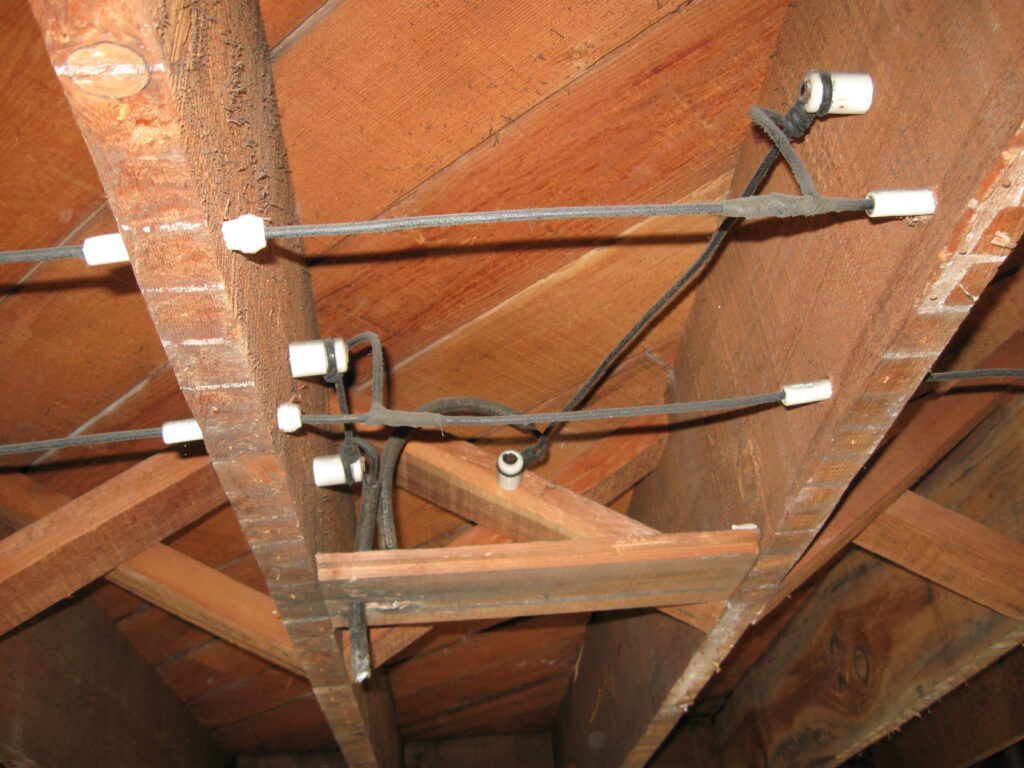Looking for a new place to call home? Make sure you inspect these four key aspects before signing on the dotted line!
In this technology age, you should have a good idea if the property is going to meet your criteria prior to even stepping foot on site. This is because you will have done your homework prior to showing up and will have a list of items to look for when at the property.
Once a property comes up that you are interested in, search the top real estate websites for previous photos, descriptions, tax, and ownership history. Use sites such as Zillow, Trulia, Realtor, Redfin (no, not all information is going to be the same to be sure to look at each).
- How many bedrooms are permitted?
- Is there a deck or porch on the card?
- Is it a legal single or multifamily?
- How old is the property?
- What permits have been pulled?
After conducting a little research and getting the history on the property, it's time to visit and confirm the reported items are true. *NOTE* If it is raining and the property owner would like to cancel the walkthrough, push to see the property anyway! More on this below.
Once at the property, go right to the basement! The basement? Yes, this should tell 70% of the story.

Foundation walls
Look at the foundation walls around the perimeter of the basement: Depending on the age of the home, the walls could be a field stone, concrete block, brick, concrete, or a combination of those. All material types are acceptable and can be repaired if damaged. Then, notice if the foundation walls at straight and no curves or "Bows" exist in the vertical portion. If so, there may be a structural failure of the wall which can be very pricy to repair. It would be best to contact a professional and get that looked at.
Water
After inspecting the walls, look around and confirm it is dry. Does it smell musty and is there standing water? If water is coming in, ask why that is occurring and try to determine the cause. Most of the time it is a drainage issue on the exterior of the property. When walking around the exterior, observe if downspouts are present and if they are discharging water directly into the foundation. If the downspouts are leading water right into the foundation, extensions can be added to get the water 3-4 feet away from the foundation.
Wood Framing
Staying in the basement, observe the floor joists or wood framing above. Is the wood free from small holes (termites) and cracks? If the joists are not cracked or have holes in them -- that is a great sign and something to note.
Electrical
Depending on the age of the home (per-1930), it may have knob and tube wiring. Knob and tube wiring is typically safe is it is not damaged and/or surrounded by insulation, but insurance companies like to see any visible portions of this wiring replaced due to fire concerns https://en.wikipedia.org/wiki/Knob-and-tube_wiring. It is fairly inexpensive to have the visible portions of this replaced, but something to budget for and discuss with the folks selling the property. Following the wiring back to the electrical panels. Are the electric panels new? Are they dry? Open the panels and observe if there are circuit breaker or fuses. If there are fuses, you will likely want to upgrade the electrical panels to circuit breakers from a safety and maintenance perspective.

